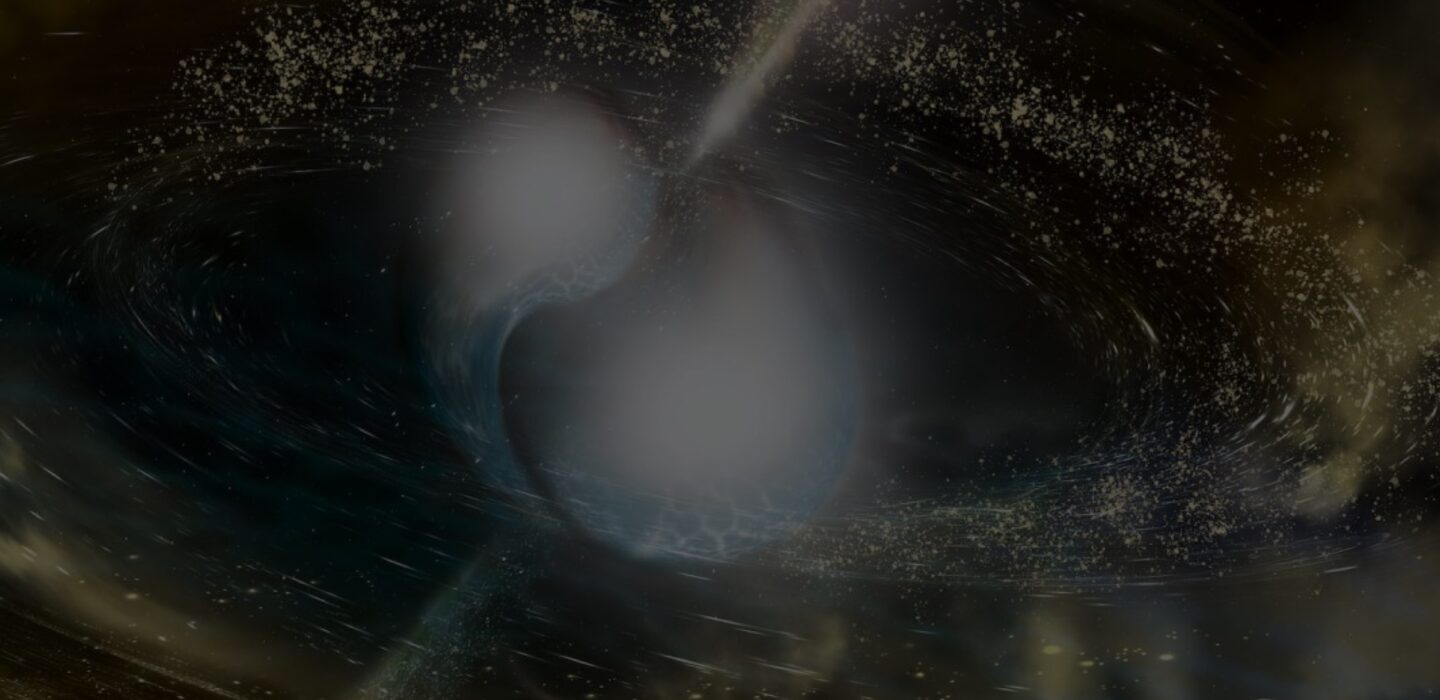Rodrigo Cordova Rosado & Sam Ponnada

Monday, October 7th, 2024
3:00pm - 4:00pm
Marlar lounge, in person & via zoom
Talk 1: Rodrigo Cordova Rosado, 3:00pm - 3:30pm
Black hole growth and connections to dark matter halos: new insights from wide-field cosmological surveys
Active galactic nuclei (AGN) are the signposts of black hole growth, and likely play an important role in galaxy evolution. An outstanding question is whether AGN of different spectral type indicate different evolutionary stages in the coevolution of black holes and galaxies. With a growing number of atypical high-redshift quasars being found, understanding AGN development is essential to interpreting these galaxies. I will present the angular correlation function between a machine learning-selected AGN sample from Hyper Suprime-Cam Subaru Strategic Program (HSC-SSP) optical + Wide-field Infrared Survey Explorer (WISE) mid-IR photometry, and a luminous red galaxy (LRG) sample from HSC-SSP. We identify ~ 34,000 luminous AGN, in addition to ~ 1.7 million LRGs from HSC-SSP, within redshift 0.6−1.2 across ~ 600 sqdeg. While there is no significant evolution in halo mass as a function of redshift or luminosity, there is significant evidence that unobscured AGN reside in halos that are 4-5 times more massive, on average, than obscured AGN. I also perform a cross match between these AGN and survey validation data from DESI and find we have a robust dataset with which to perform further classification validation, and compute the projected real-space correlation. I will discuss the implications of this result on unified and evolutionary models of AGN growth, and how upcoming surveys will allow us to better characterize quasar populations.
Talk 2: Sam Ponnada, 3:30pm - 4:00pm
Constraining the non-thermal physics of galaxies with simulations and synthetic observations
Notoriously difficult to constrain with observations, the non-thermal and highly non-linear physics of magnetic fields and cosmic rays and their subsequent effects on galaxy formation remain elusive. The theoretical and computational study of these non-thermal components of galaxies has resurged in the past decade, driven in part by advances in computing and numerical techniques. Simulations of galaxy formation are now able to evolve magnetic fields and cosmic-rays self-consistently, in conjunction with the physics of star formation, stellar and black-hole feedback, and multi-channel gas cooling, all while maintaining high hydrodynamic resolution. These developments allow for a host of new, detailed theoretical predictions to be made and compared to existing and future observations. In this talk, I will review the current understanding of magnetic fields and cosmic-rays in galaxy formation, and present recent theoretical and computational work attempting to better understand observational tracers of magnetic fields and cosmic-rays to constrain their role in shaping the histories and structure of galaxies.
Speakers
- Rodrigo Cordova Rosado, Princeton Sam Ponnada, Caltech
Hosts
Event Contacts
- Minghao Yue Daniele Michilli